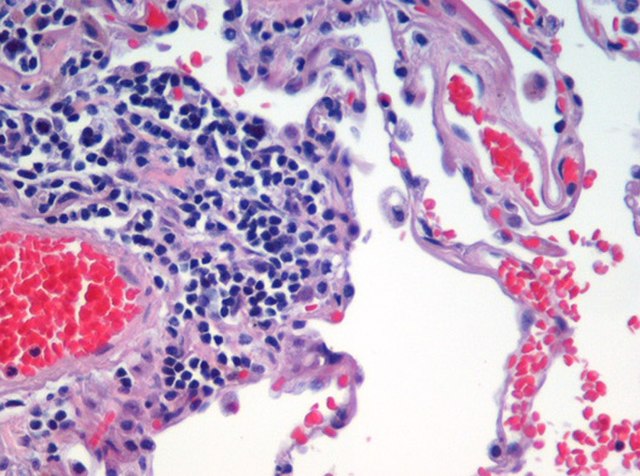Marie François Xavier Bichat was a French anatomist and pathologist, known as the father of modern histology. Although he worked without a microscope, Bichat distinguished 21 types of elementary tissues from which the organs of the human body are composed. He was also "the first to propose that tissue is a central element in human anatomy, and he considered organs as collections of often disparate tissues, rather than as entities in themselves".
Portrait of Bichat by Pierre-Maximilien Delafontaine, 1799
Portrait of Pierre-Joseph Desault (left) and title page from Bichat's Surgical Works of Desault, 2nd ed (right)
Title page of Traité des membranes
The Hôtel-Dieu of Paris (drawn c. 1830)
Histology,
also known as microscopic anatomy or microanatomy, is the branch of biology that studies the microscopic anatomy of biological tissues. Histology is the microscopic counterpart to gross anatomy, which looks at larger structures visible without a microscope. Although one may divide microscopic anatomy into organology, the study of organs, histology, the study of tissues, and cytology, the study of cells, modern usage places all of these topics under the field of histology. In medicine, histopathology is the branch of histology that includes the microscopic identification and study of diseased tissue. In the field of paleontology, the term paleohistology refers to the histology of fossil organisms.
Histologic specimen being placed on the stage of an optical microscope.
Human lung tissue stained with hematoxylin and eosin as seen under a microscope.
Histologic section of a plant stem (Alliaria petiolata).
Histologic section of a fossilized invertebrate. Ordovician bryozoan.








